Case description:
Gastric cancer is one of the leading causes of cancer-related mortality worldwide, with a 5-year survival rate ranging from 5% to 20% for advanced-stage cases (PMID: 30853093).
We describe the case of a 52-year-old male diagnosed with stage IV gastric cancer in 2022. This patient presents peritoneal and liver metastases. Initial treatment involved FOLFOX chemotherapy, but the patient exhibited signs of resistance to the regimen. Timely diagnosis and treatment remain paramount in managing this condition, with regular assessments and treatment plan adjustments vital for enhancing the patient’s quality of life in the face of this challenging diagnosis.
Since the patient was not responding anymore to chemotherapy, a genomic profiling of the tumor has been performed by using our OncoDEEP® solution.
Clinical interpretation and analysis results
The patient was treated with FOLFOX treatment, a standard chemotherapy regimen. This therapy combines three drugs:
- Fluorouracil, an antimetabolite that disrupts DNA synthesis;
- Oxaliplatin, a platinum-containing compound that induces DNA damage; and
- Leucovorin enhances the efficacy of 5-FU.
This regimen is commonly employed in the management of advanced gastric cancer. Using our OncoDEEP® panel, we identified the presence of HER2 (human epidermal growth factor receptor 2) gene amplification. Copy number variant (CNV) analysis by NGS involves counting the number of sequenced reads aligned to specific genomic regions and normalizing these counts. Deviations from the expected diploid state in the normalized read counts indicate copy number changes. Specialized algorithms and statistical methods are then employed to identify and interpret these variations, providing insights into potential genomic alterations.
In gastric cancer, the HER2 pathway involves overexpression or amplification of the HER2 gene, leading to aberrant activation of the HER2 receptor. This dysregulation results in the constitutive activation of downstream signaling pathways, particularly the PI3K–AKT and MAPK pathways, promoting uncontrolled cell proliferation, survival, and angiogenesis.
HER2 amplification is very often associated with an overexpression of the corresponding protein. Inhibitors of HER2 might be therefore associated with a clinical benefit.
High expression levels of HER2 result in enhanced activity of Akt, which is closely related to poor prognosis in gastric cancer but not as much as in breast cancer HER2+. HER2 overexpression is seen in 15-20% of advanced gastric and gastro-esophageal junction cancers (PMID: 37329891).
In the context of HER2 overexpression in gastric cancer, Trastuzumab deruxtecan emerges as an approved treatment strategy. Trastuzumab deruxtecan is an antibody-drug conjugate. This therapy comprises a humanized monoclonal anti-HER2 antibody linked to a cytotoxic topoisomerase I inhibitor through a cleavable tetrapeptide-based linker. Trastuzumab deruxtecan operates through three key mechanisms. Firstly, it blocks the dimerization of HER2 by binding to it.
With a drug-to-antibody ratio of approximately 8, Trastuzumab deruxtecan will also delivers a potent cytotoxic payload directly to the cancer cells expressing HER2. The linker remains stable in plasma but undergoes cleavage by lysosomal enzymes, such as cathepsins, upon internalization, a process facilitated by their overexpression in cancer cells. On the other hand, trastuzumab exhibits an extracellular function known as antibody-dependent cell-mediated cytotoxicity (ADCC). Immune effector cells, primarily natural killer (NK) cells, recognize the Fc portion of trastuzumab on the targeted cancer cells, initiating an attack against these cancer cells (PMID: 30241301) – (figure 1). Moreover, Trastuzumab deruxtecan’s ability to penetrate neighboring tumor cells, coupled with its high drug payload, makes it less dependent on extremely elevated levels of HER2 expression. This characteristic is particularly advantageous in cases of lower or heterogeneous HER2 expression, potentially expanding its efficacy to a broader spectrum of patients (PMID: 32469182).

Figure 1: Mechanisms of action of Trastuzumab – Deruxtecan
The effectiveness of Trastuzumab Deruxtecan was also demonstrated in the ToGA study. The trial aimed to determine whether combining trastuzumab with chemotherapy significantly improved overall survival in patients with HER2-positive advanced gastric or gastro-esophageal junction cancer compared to chemotherapy alone. The results revealed a median overall survival of 13.8 months with trastuzumab deruxtecan plus chemotherapy, as opposed to 11.1 months with chemotherapy alone, indicating a 26% reduction in the risk of death. Adverse events were similar between the groups, suggesting that the combination of trastuzumab and chemotherapy could be considered a new standard option for these patients (PMID: 20728210).
In conclusion, the OncoDEEP®analysis revealed an amplification of the HER2 gene in this patient, indicating a potential responsiveness to anti-HER2 treatment. The only approved therapy discussed here is the Trastuzumab Deruxtecan treatment. However, it’s noteworthy that numerous clinical trials are actively recruiting patients with HER2-expressing gastric cancer. Thanks to our database, these clinical trials are also referenced in the complete reports included in our OncoDEEP® analysis.
